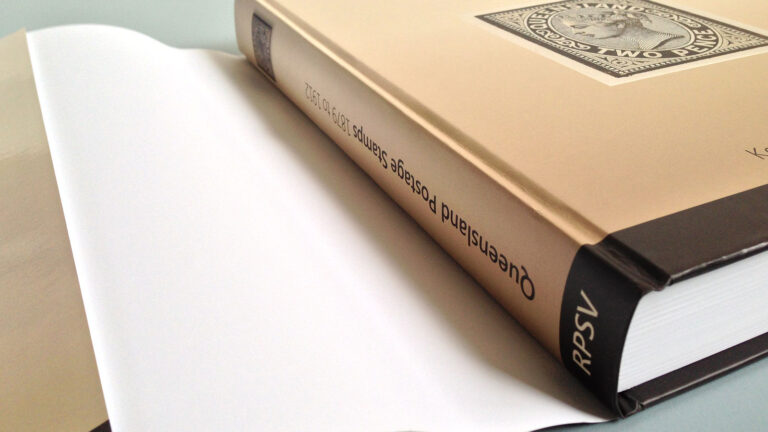
Common card boards and precautions for hardcover book printing

Common card boards and precautions for hardcover book printing
There are many materials involved in the printing of hardcover book cover. Selecting the appropriate material for the cover processing can not only ensure the smooth progress of the book cover processing process, but also avoid the occurrence of quality problems such as book cover warping. Cardboard is used as the bones of the bookcase, and its thickness, tightness, flatness, moisture content, strength, etc., are closely related to the book processing effect. It is very important to understand the types of cardboard and choose the cardboard suitable for different processing needs to make high-quality products.
There are three kinds of card boards commonly used in binding in China printing company, white cardboard with gray background, straw cardboard and yellow cardboard.
1. White board paper with gray background
Grey-ground whiteboard paper is made of ground wood pulp, semi-chemical wood pulp, straw pulp and the same waste paper pulp in a multi-layer (usually 3-layer) structure. The grey-ground whiteboard paper has a smooth surface (calendered) and is suitable for making all kinds of bookcases.
The following points should be paid attention to when using whiteboard paper with gray background.
(1) Choose the appropriate cardboard according to the grade of the processed product, and choose the appropriate thickness according to the thickness and size of the booklet.
(2) According to the experience of printers in China for many years, when the moisture content of the cardboard purchased in winter is too large, do not rush to use it, but store it for a period of time to allow the moisture to naturally volatilize and balance with the ambient humidity before use. Do not dry the material after opening, as this will reduce the size of the bookcase and make it impossible to fit the book block.
(3) When processing with an automatic hot stamping machine, if the thickness tolerance of the cardboard is found to be large, it should be checked and selected in advance, and roughly divided according to the thickness, or a manual hot stamping machine can also be used for processing.
(4) When it is found that the cardboard is separated from the layer during cutting, it is neither suitable for cutting into small format nor for medium-diameter cardboard, because the cardboard paste that is not strong between the layers will cause uneven appearance, bulging and warping after the book case is made of paste. The phenomenon of melody etc. affects the appearance quality of the book.
2. Straw cardboard
Its surface is rough and yellow, and the main raw material is straw fiber. The thickness of straw board is generally 0.7mm, and the thickness can be increased after lamination. This kind of cardboard has low tightness, high elongation, poor toughness, and strong surface moisture absorption and penetration ability.
The following points should be paid attention to when using straw cardboard as a book cover.
(1) Do not rush to use the straw cardboard after purchasing it, and store it for a period of time to make it flat and obedient.
(2) When encountering damp cardboard, it should be stored for a period of time to allow it to dry naturally to a certain extent before use. If conditions permit, it can be heated with a cardboard press (the heating temperature is generally around 65°C) and pressurized before use, so that the rough surface of the cardboard is flat, the tightness is increased, and the humidity is appropriate (preserve reasonable internal moisture).
(3) When pasting the book case, use an adhesive with less moisture, fast drying and good viscosity, and improve the lining process, so that the tension on the inside of the cover (the second and third) is greater than that of the outside, so as to avoid post-printing processing. The bookcase warps outwards.
(4) When making bookcases with a size of 16K or above, a single lining should be mounted on the inside of the cover to balance the tension between the inside and outside of the cover.
3. Yellow cardboard
Yellow cardboard is a kind of smoky brown (the same color as kraft paper), smooth surface, hard texture and high toughness. It is mainly used for making outer envelopes and some bookcases in bookbinding. The outer cover of the book made of yellow cardboard has good durability and is not easy to wear, which can effectively protect the book and improve the grade of the book. Because of its high tightness and small thickness error, it is also beneficial to control the hot stamping pressure. The following points should be noted when making shells and envelopes.
(1) The yellow cardboard is hard and tough, and it is difficult to correct the warpage and deformation. Therefore, after the case is made, a press or stacking method should be applied to give a certain pressure to prevent the warpage and deformation of the bookcase.
(2) The hardness of yellow cardboard is high, suitable for hot stamping embossing marks, and it is firm and durable without deformation, but the hot stamping pressure is larger than other card boards.
(3) When processing the finished lining, be sure to make the inner pull force greater than the outer pull force to prevent the outer pull force from being too large to prevent the book case from warping upward and being difficult to level.
Posté Le : 07/04/2022
Posté par : BookPrintingInChina
Ecrit par : BookPrintingChina
Source : https://www.bookprintingchina.com/